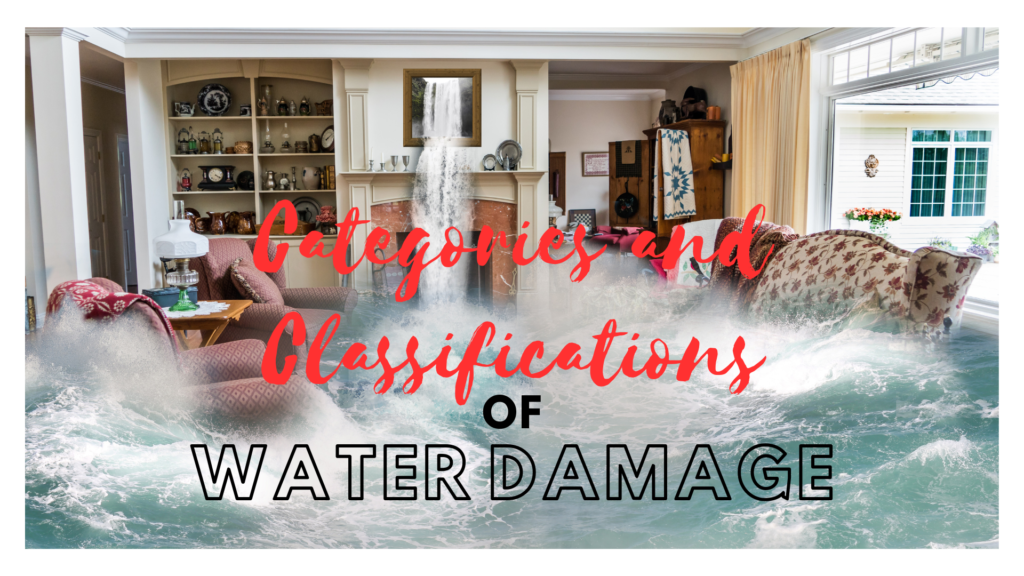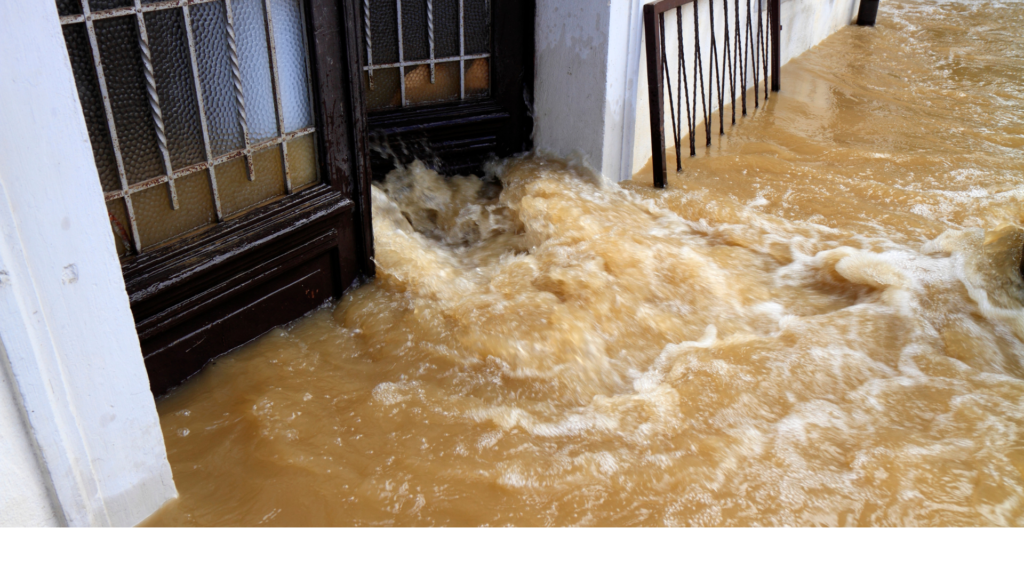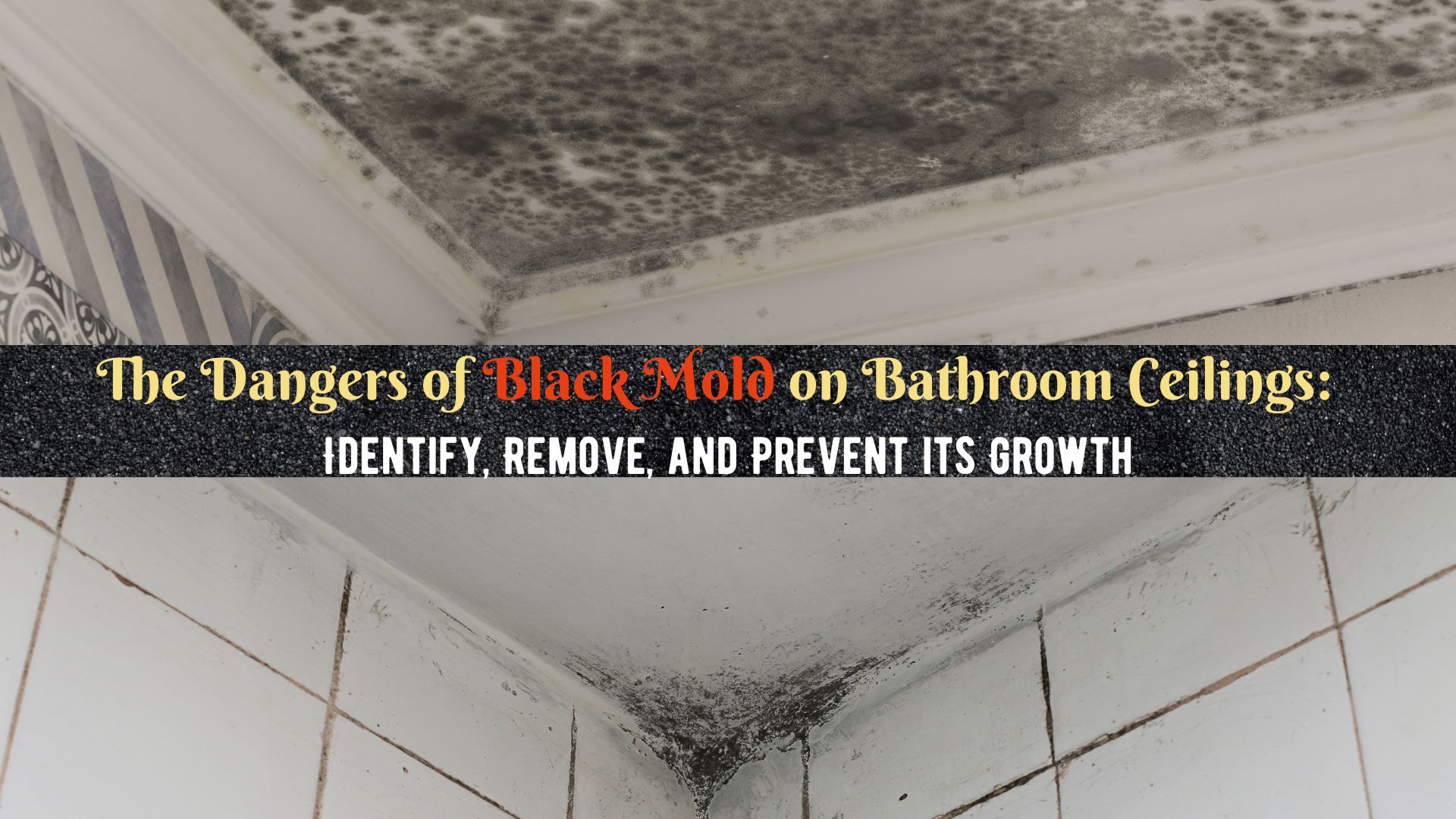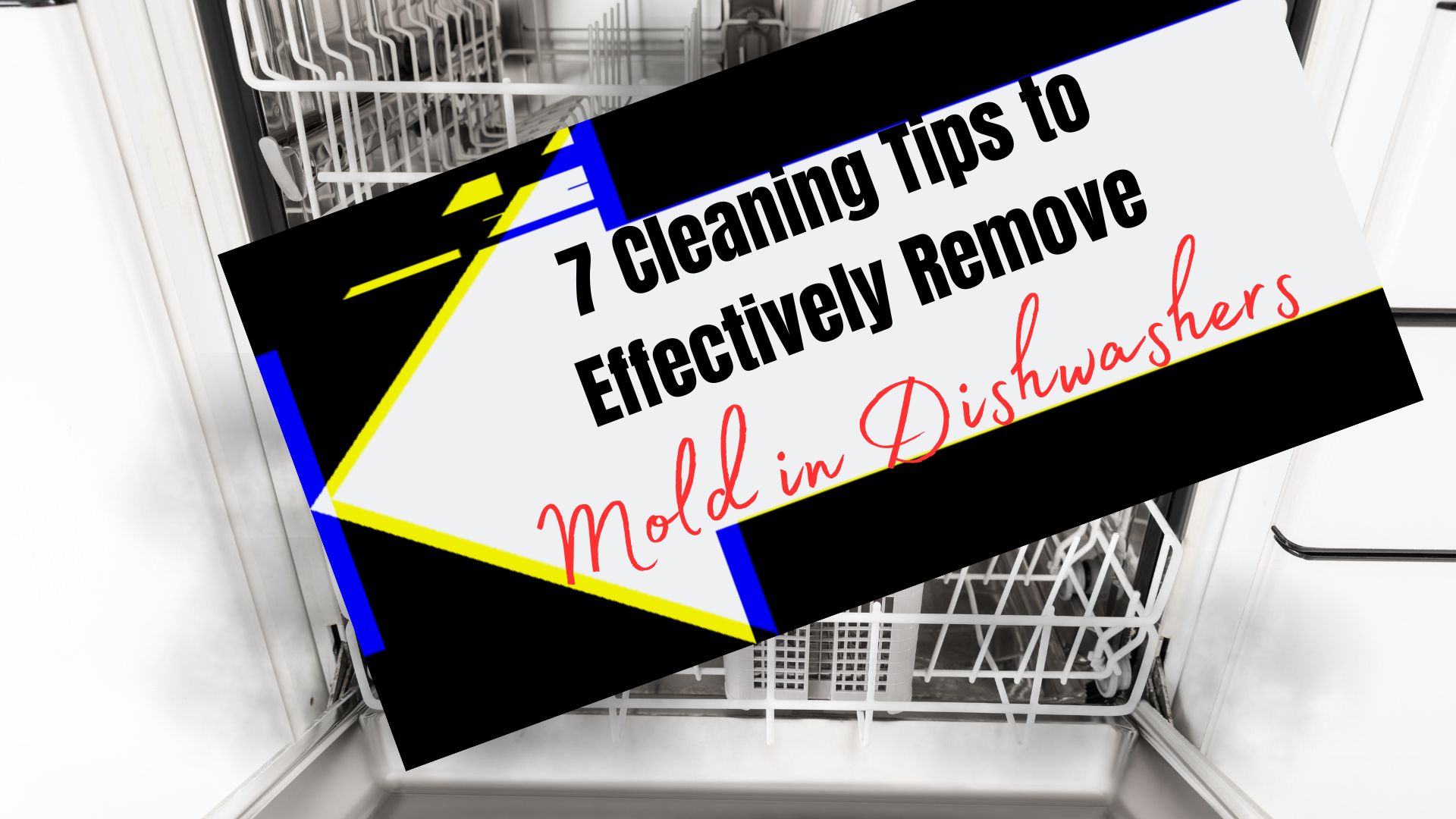
Categories and Classifications of Water Damage
Since a lot of people are getting aware of the water damage, they have become worried about its aftermath. But, understanding the categories and classifications of water damage is vital for the mitigation process (water removal and drying out). Knowing this can give homeowners ideas on how to handle a certain type of water event.
Water damage event is not the same. The sources vary, the severity of the damage is not always equal, and thus the process is different. But in every type of water damage, the most important thing a homeowner should do is to act FAST. Don’t let water sit for a long time on your property. This can help in preventing further damage and mold growth.
Standard Categories and Classifications of Water Damage
The IICRC (Institute of International Cleaning and Restoration Certification) produced guidelines that divide the degree of contamination of the water and the extent of the damage. These guidelines help professionals to evaluate the exact damage and to prepare their action plans. Moreover, understanding the type of water damage gives professionals hints of the possible health hazards and preventive measures that should take place during the process.
Below are the Categories and Classifications of Water Damage.
Categories Of Water Damage
According to S500, there are 3 categories of water damage. As a homeowner, it is necessary to understand these categories because they could have an impact on the type of coverage you will get from your insurance company. On top of that, it also helps you understand the effects of the damage on humans.
Category 1
Category 1 water is considered “clean water”. The water is from a clean source and does not pose any harmful effects on people when they are exposed to it. Some examples of this category 1 water are water from broken water supply lines, a sink or a bathtub, melting ice or snow, falling rainwater, or even water from a toilet bowl that does not contain contaminants and additives.
However, category 1 will only be considered clean water if it does not stay in the area for more than 48 hours. It will then fall to category 2 water. Clean water, when gets in contact with any contaminated materials or even contaminated water, can become harmful to people.
Category 2
Category 2 is called “grey water”. It contains some degree of contamination that can pose a potential danger to humans when exposed or ingested. Category 2 water can be the dirty water that overflows from your dishwasher or a discharge from your washing machines. This can also be water that overflows from your toilet bowl and contains contaminants. Some other examples are water from broken aquariums, leaked water beds, and seepage due to some extent of pressure.
Just like category 1 water damage, category 2 water damage can be changed to a more dangerous type of water damage when not treated quickly. Remember that this type of water is already contaminated. If the water sits for a longer time, like for 48 hours, it has a great chance of producing harmful bacteria and parasites. When the degree of contamination increases, it will then categorize as black water.

Category 3
Category 3 water damage is known as “black water”. This type of water should be avoided and must never have direct contact with. It contains a high level of contamination that includes pathogenic, toxigenic, and other harmful bacteria. It can pose serious illnesses such, as tetanus, or even death to anyone who gets in contact with it. This type of water is from sewage backup, toilet backflows that have feces, ground surface water, and rising floodwater. Moreover, any affected areas or belongings such as carpet, sheetrock, and others should be abandoned.
Category 3 water must be handled by licensed water damage professionals.
Classes of Water Damage
There are 4 classes of water damage. This classification helps in determining the amount of water involved. The lower the amount of water, the lesser the water involved. Understanding the classes of water determines the length of the drying process, the equipment necessary in doing the procedure, and the techniques required to fully restore the damage.
Water Damage Class 1
In class 1 water damage, the amount of water is minimal. It has affected only a small portion of your property. The drywall, along with the carpet or hardwood floors, might have absorbed little to no water. This type of damage requires only a minimal suction of water and extraction of moisture.
Water Damage Class 2
This type of water damage contains a large amount of water that has traveled around your room and has affected your wall. Your carpet or padding is wet. Subflooring or hardwood floors will potentially become damaged by this type of water damage.
Water Damage Class 3
This class of water damage contains the greatest amount of water and the highest level of evaporation. The area that contains water is severely damaged and massively flooded. Almost all parts of the area, such as ceilings, walls, floor coverings, subfloors, and cushions have been soaked in water. This damage requires a lot of demolition and repair.
Water Damage Class 4
This class of water damage is considered a specialty drying situation. A specialty drying situation occurs when low porous materials such as stone, bricks, and hardwood are penetrated and damaged by water. If water damaged these types of materials, the drying process is more complex. It involves a special drying method and the length of the process is longer.
Call in Professionals
In any water damage class and category, it is best to call in certified water damage restoration professionals. These professionals can properly evaluate the categories and classifications of water damage. With their knowledge and skills, they can assure you that your home will be safe and healthy to live in again.





